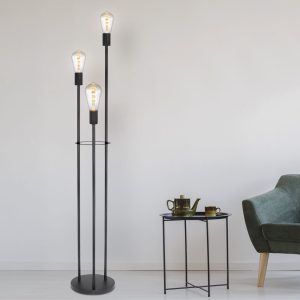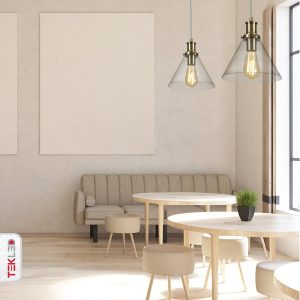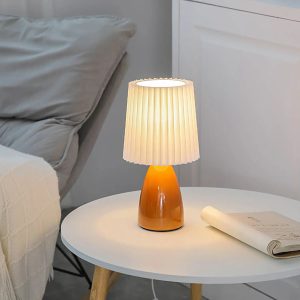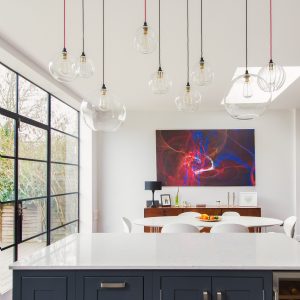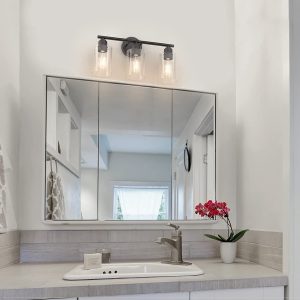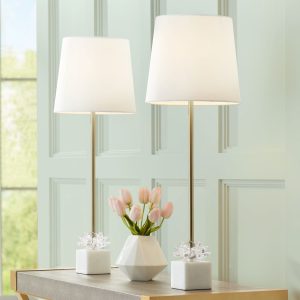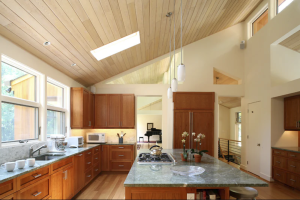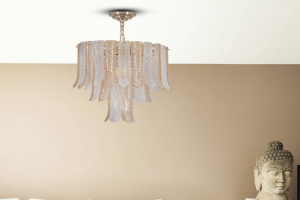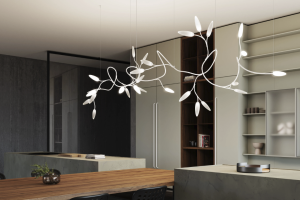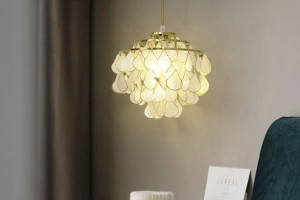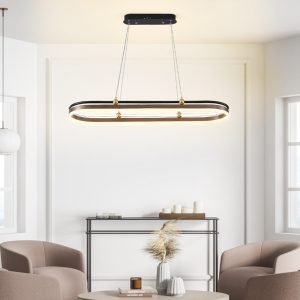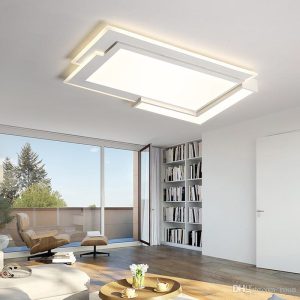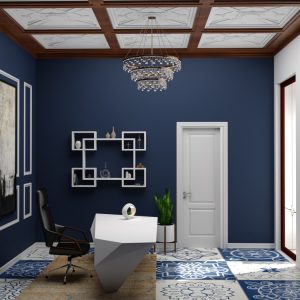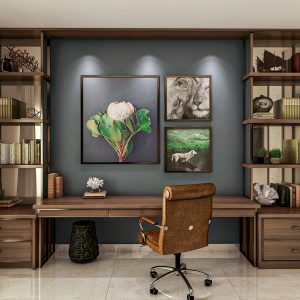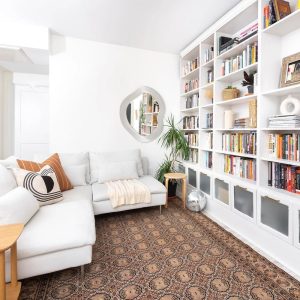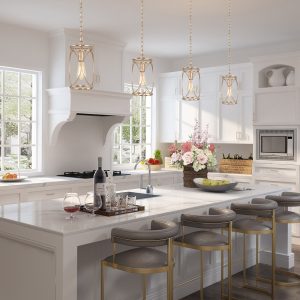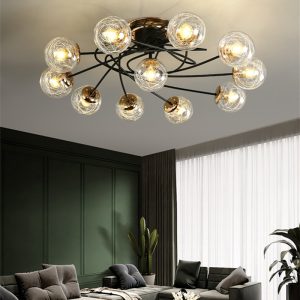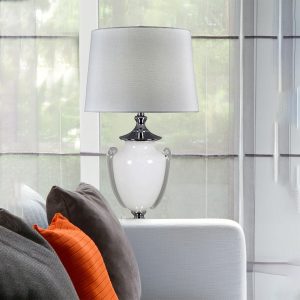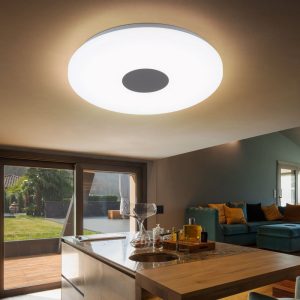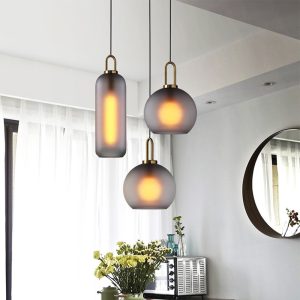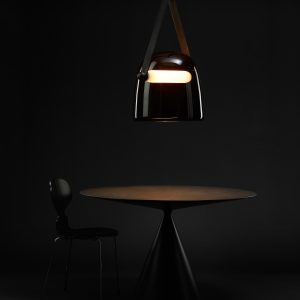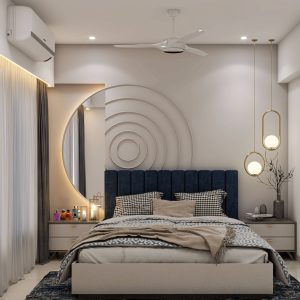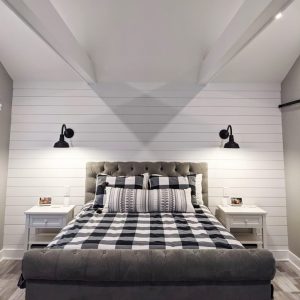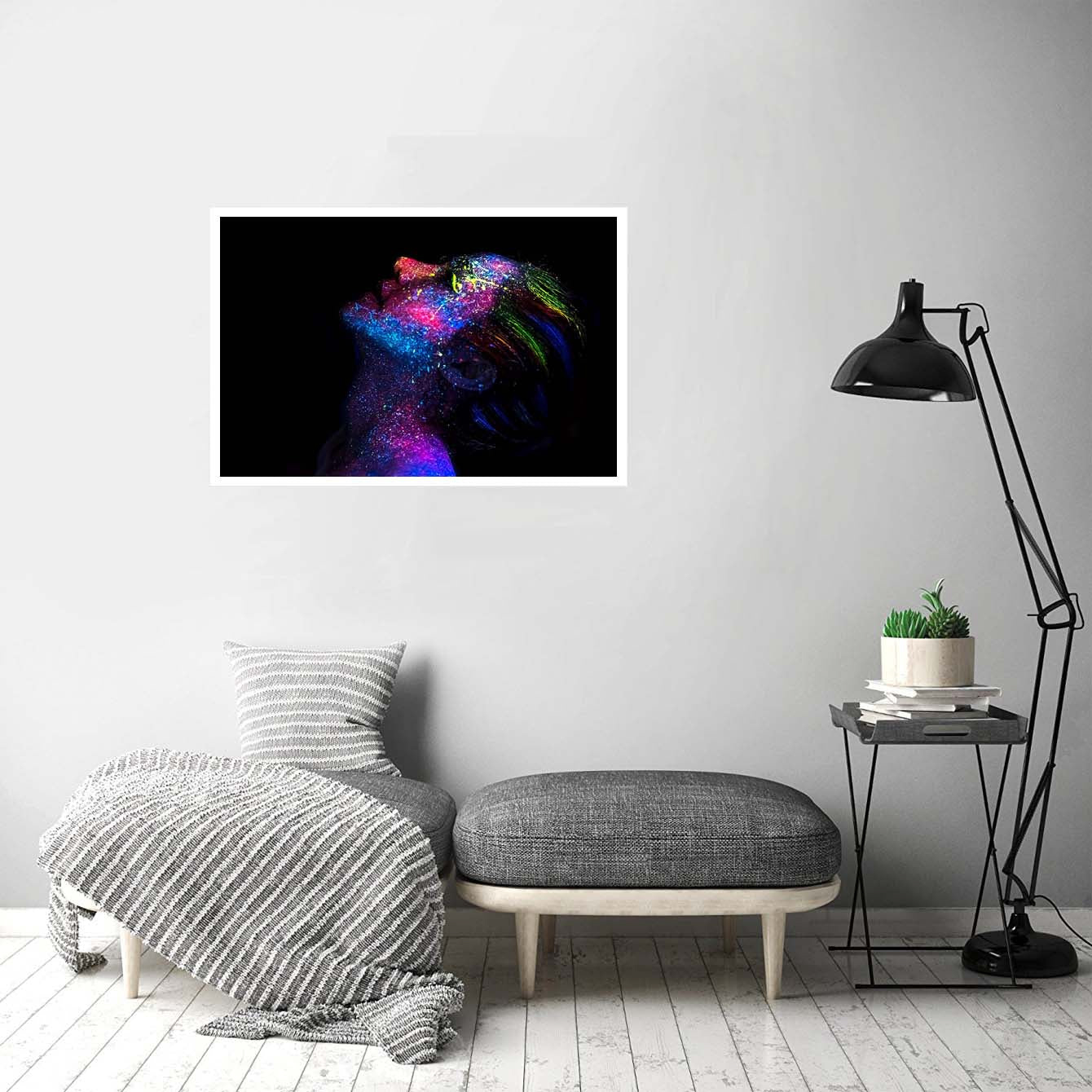
Zen Room Design: The Essentials
A zen room is a peaceful and tranquil space where you can relax, unwind, and reduce stress. Zen design is based on the principles of simplicity, minimalism, and naturalness. The key to creating a zen room is to focus on natural materials, soft colors, and clean lines. Here are the essential elements that should be included in your zen room:
1. Natural Colors:
Choose soft, muted colors that promote relaxation and calmness. These colors include neutral shades such as beige, gray, white, and soft pastels like light blue, pink, and green. Avoid bright, bold colors or patterns that can distract and overwhelm the senses.
2. Natural Materials:
Use natural materials such as wood, bamboo, cotton, and linen to create a zen room. These materials bring a sense of warmth, comfort, and tranquility to the space.
3. Minimalism:
Keep the room clutter-free and simple. Avoid over-decorating or adding too many elements to the space. A minimalist approach will help to create a calming and relaxing environment.
4. Lighting:
Lighting is crucial in creating a zen room. Use soft, natural light to create a warm and inviting ambiance. Install light fixtures that mimic natural light, such as a Himalayan salt lamp or a Japanese lantern. Avoid harsh or bright lighting that can be upsetting or overwhelming.
5. Nature-Inspired:
Bring nature inside by adding plants or flowers to the room. The natural greenery helps to purify the air and promote relaxation. Choose plants that are easy to care for and enhance the room’s decor.
5 Zen Room Ideas to Create a Calming & Relaxed Space:
Now that you know the essentials of zen room design, here are 5 zen room ideas that you can use to create a calming and relaxed space:
1. Japanese Zen Room:
A Japanese zen room is inspired by traditional Japanese design. It features elements such as a tatami mat, shoji screens, and a low-slung bed. Use natural wood furniture, floor cushions, and paper lanterns to create a simple, peaceful space.
2. Bohemian Zen Room:
A bohemian zen room is a blend of bohemian and zen styles. It features elements such as woven textiles, colorful pillows, and a relaxed atmosphere. Use a mix of natural and ethnic prints, and incorporate decorative items such as dream catchers or macrame wall hangings.
3. Modern Zen Room:
A modern zen room is a minimalist space with clean lines and simple décor. Use neutral colors, minimal furniture, and a few select decorative items. Incorporate natural materials such as wood or stone to create a calming and peaceful environment.
4. Rustic Zen Room:
A rustic zen room features natural materials such as reclaimed wood, stone, and leather. Use warm colors and soft lighting to create a cozy and inviting atmosphere. Incorporate elements such as a fireplace or a woven area rug to bring a sense of warmth and comfort to the space.
5. Traditional Zen Room:
A traditional zen room is inspired by Japanese Zen temples. Use elements such as a meditation cushion, a rock garden, and a tatami mat to create a tranquil space. Use minimal furniture and keep the room clutter-free to promote a sense of peace.
Creating a zen room is a simple and effective way to promote relaxation and reduce stress. By incorporating natural materials, soft colors, and clean lines, you can create a calming and peaceful environment that will help you unwind and recharge.

